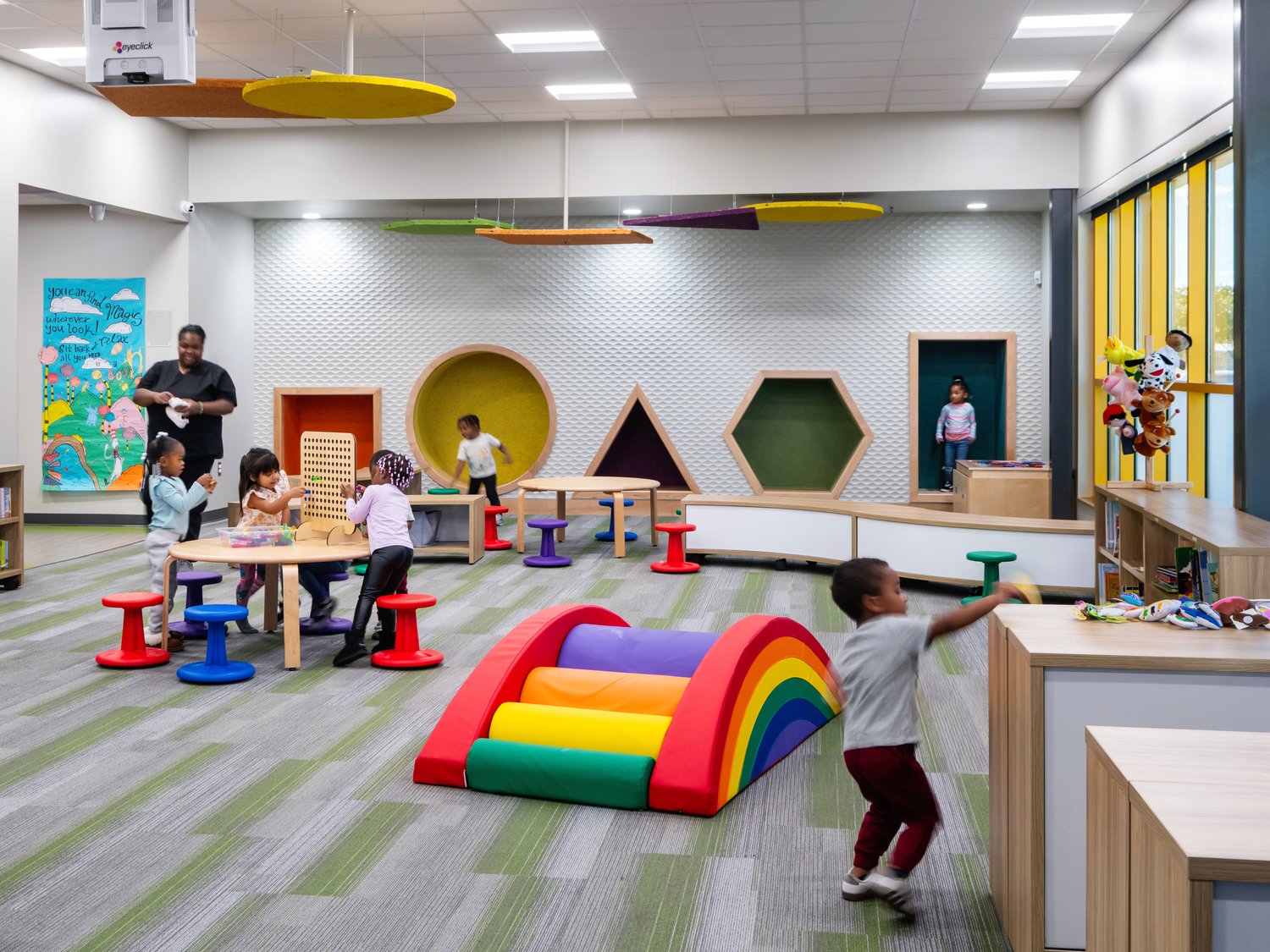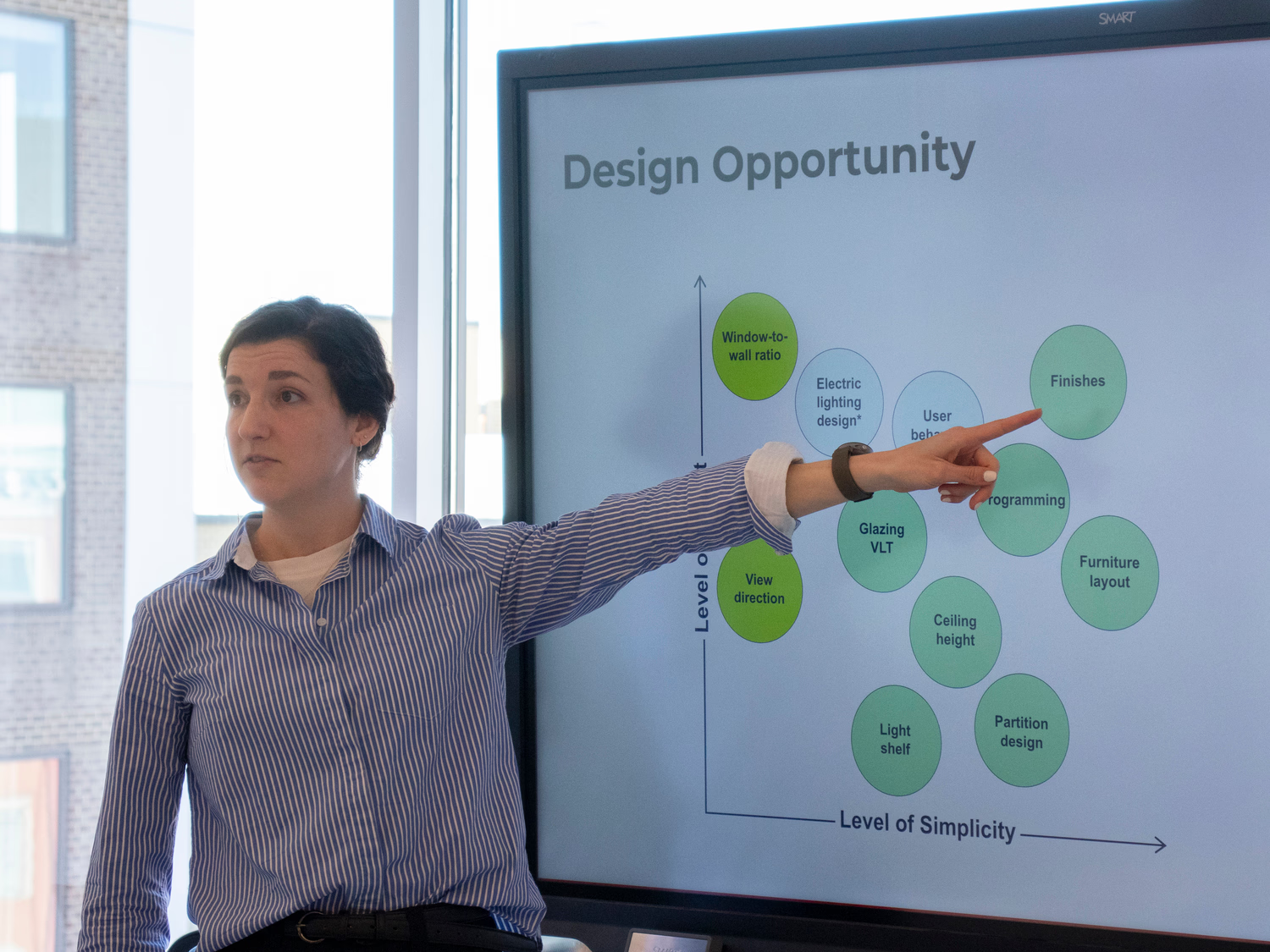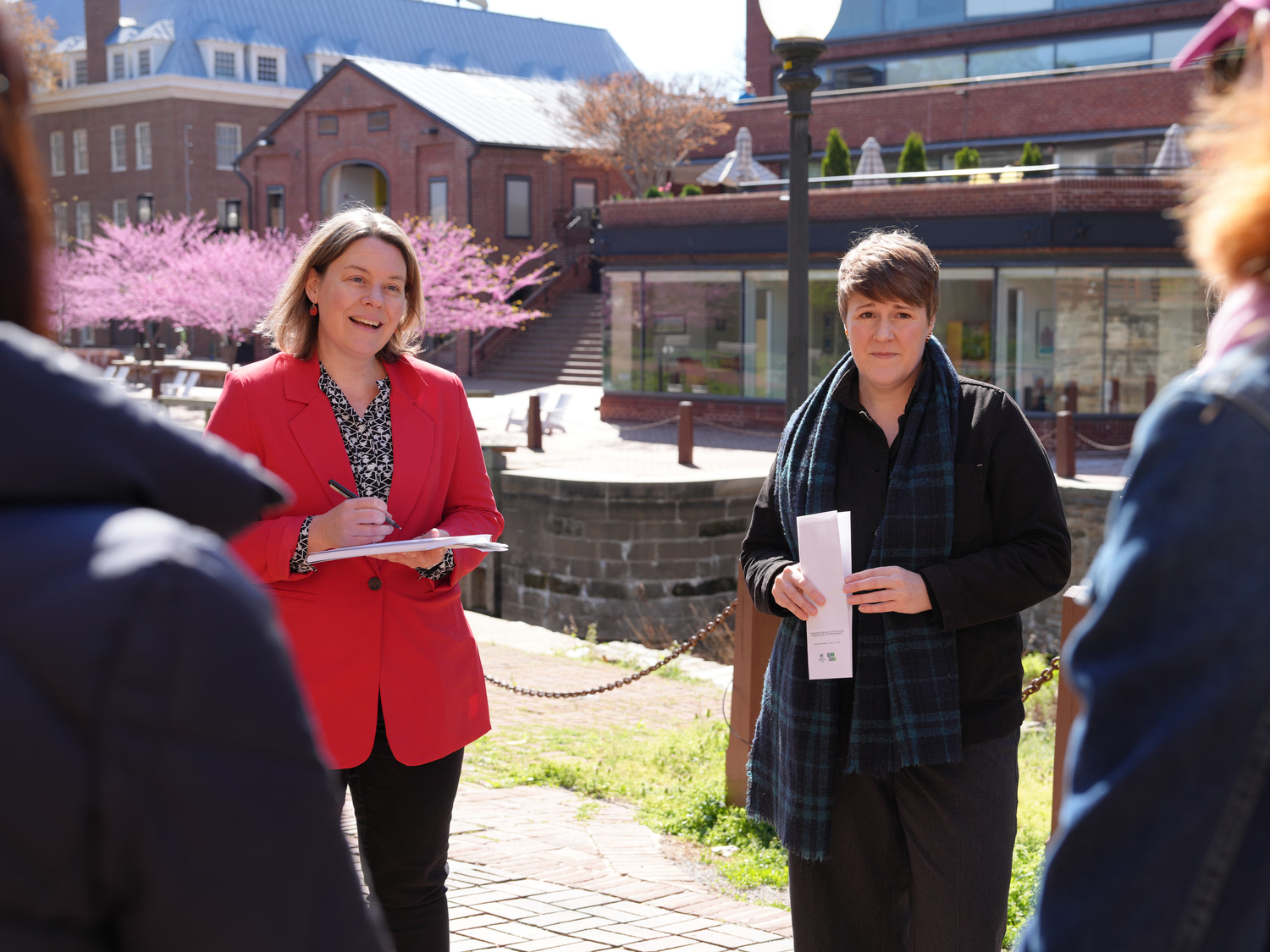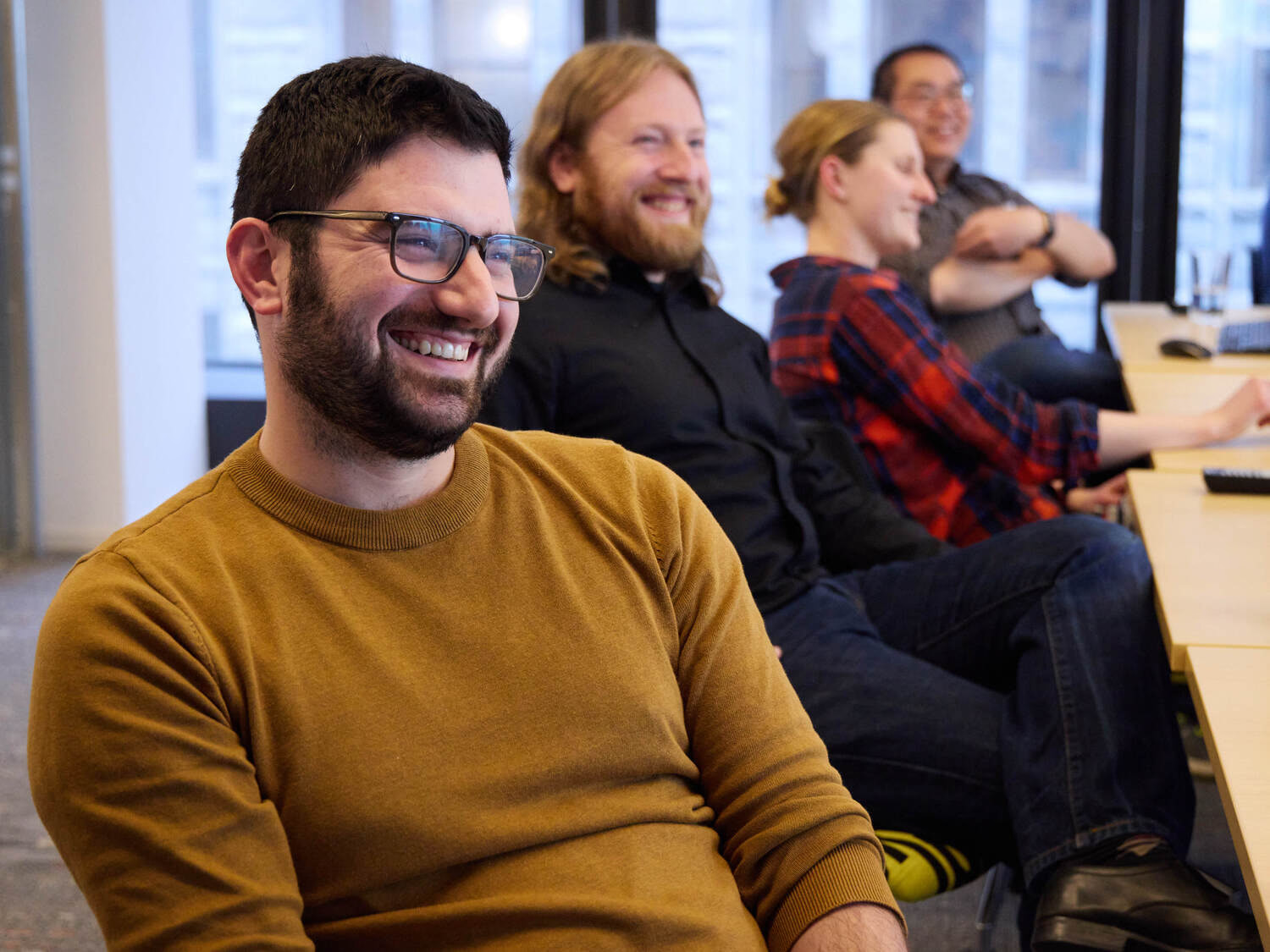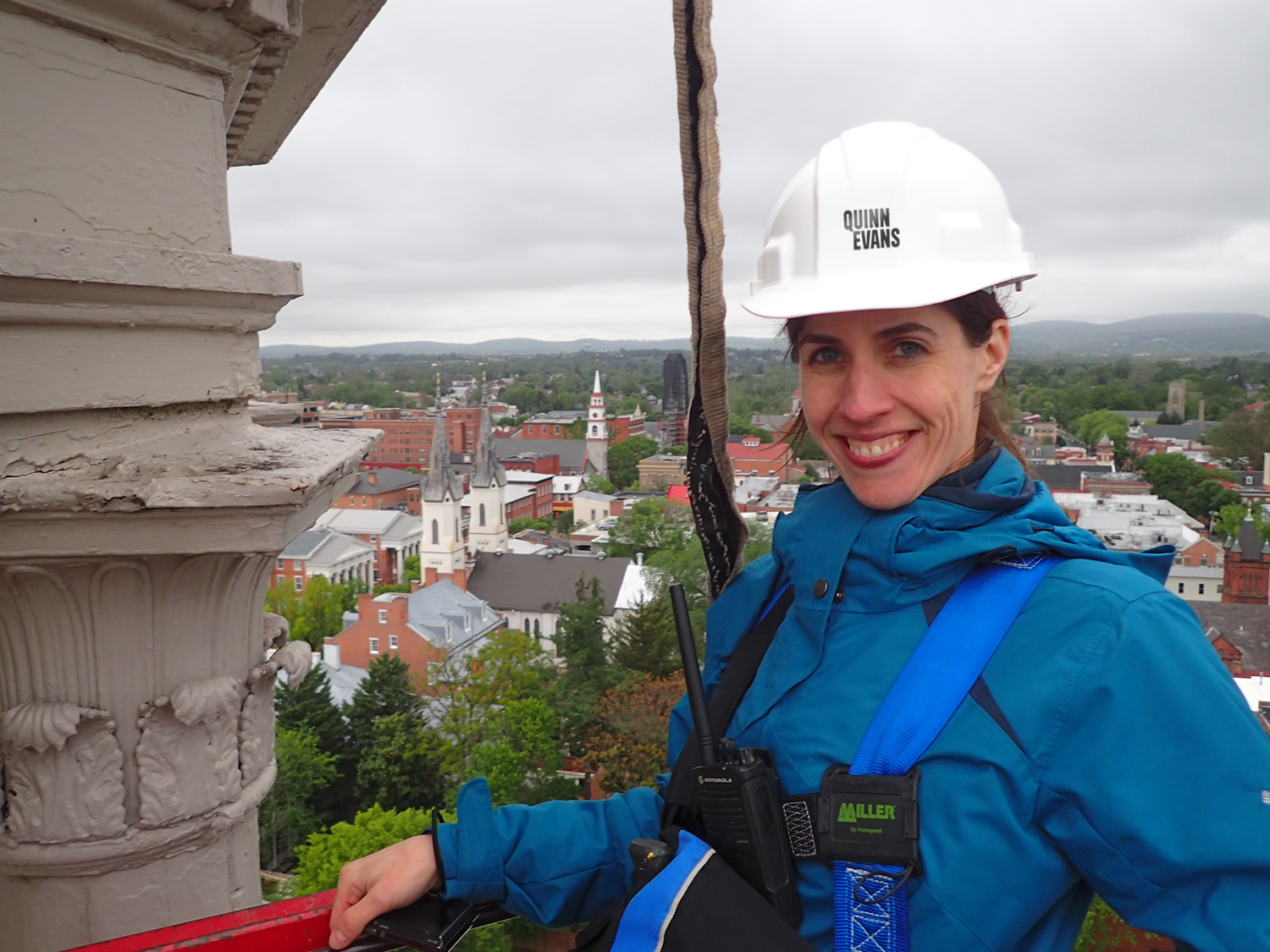Orchestrating Visitor Flow in Modern Museum Design
In the dynamic world of museum and gallery design, understanding how visitors move through a space is paramount, and visitor flow is a fundamental element of museum programming. Having a clear understanding of the users of a space, how they behave, and when they visit allows institutions to identify opportunities to create the most appealing and effective environment. Museums are not just brick-and-mortar structures but spaces for stories, artifacts, and experiences. Behind the scenes, there's a delicate dance in play, as design, architecture, and psychology are all choreographed to guide visitors through a memorable journey.
Designing for People
The fundamental principle in designing for visitor flow is understanding the users first. Rather than forcing people to adapt to a space, the focus is on tailoring the environment to meet the diverse needs of visitors. This approach involves meticulous planning, deep dives into visitor data, and incorporating qualitative and quantitative research methodologies. By observing, counting, and studying visitor behaviors, designers gain valuable insights into creating spaces that connect with the audience.
.jpeg)
Museums cater to diverse visitors, from families with small children to older adults, each with unique preferences and needs. Whether it's the Air and Space Museum, where visitors look up in awe, or the Molina Family Latino gallery with its mixed media displays, the challenge lies in accommodating different interests. The goal is to create spaces that offer a blend of quick, captivating visuals and in-depth, immersive content catering to the wide spectrum of museum-goers. We're really looking for the flow, like a river. There are currents, and there are eddies. We're trying to create spaces that provide enough of both and provide them in the right location .
Quinn Evans understands the importance of scalable solutions that cater to diverse visitor demographics. Designing for visitor flow requires a flexible methodology that adapts to various project types and the needs of different users. The aim is to create a space and sculpt an experience that resonates with everyone, from a four-year-old's wonderment to an avid reader's in-depth exploration.
The Digital Journey
In today's digital age, a visitor's experience begins long before they step into the museum. Social media, online articles, and word-of-mouth play a significant role in shaping perceptions. Designers now consider the virtual journey part of the overall visitor flow, understanding that the online narrative can profoundly influence real-time experiences. For example, the British Museum has a comprehensive online presence, with interactive features that allow visitors to explore the museum's collections and exhibitions before they arrive, building a sense of anticipation. In another instance, the Smithsonian National Museum of Natural History's online "Animals are Talking" campaign generated more than 2.5 million views in just a few days, previewing the museum's exhibits and creating a buzz around the experience.
For in-person visits, mobile apps for ticket purchases or exhibition reservations can help manage visitor flow and enhance visitor experience. For example, the Louvre Museum in Paris offers an app that provides visitors with an interactive guide, interactive maps, educational resources, and special discounts while also reducing wait times.
Tradition and Technology Combine to Model Visitor Flow
Traditionally, designers relied on past experiences and intuition to plan visitor flow for new buildings. Today, advanced software tools like Pedestrian Dynamics revolutionize this process. Originally developed for transportation hubs like airports, these tools have found a new purpose in museum design. By amalgamating human biometric data, the software creates detailed models that predict how people move through space. Designers can combine the results of computer modeling with the more traditional observational methods to identify potential bottlenecks, optimize pathways, and ensure a seamless experience.
Data-driven decisions provide concrete justifications for design choices, enabling designers to communicate effectively with clients and regulatory agencies. This evidence-based approach fosters confidence in the design, ensuring that the envisioned experiences align with the actual needs and behaviors of the visitors.
Modeling visitor flow also helps designers plan the use of space effectively for different peaks and troughs in visitor attendance. Museums experience peak visitation times, often influenced by various factors such as seasons and school schedules. Designers analyze data to understand these fluctuations. For instance, studying visitor patterns revealed that certain museums attracted more school groups during specific months. This insight enabled designers to plan spaces catering to these educational visits without unnecessarily expanding the facility. The information can also help museums identify gaps in their outreach and develop strategies to smooth out visitor flows.

Navigating Visitors from Introduction to Immersion
A fundamental aspect of museum design is understanding human behavior. Upon entering a new space, visitors naturally pause to reorient themselves to a new environment. Providing these transitional spaces is important, allowing visitors to acclimate to their surroundings. This approach, rooted in thoughtful architectural design, prevents feelings of rush or crowding, fostering a comfortable and enjoyable experience.
.jpeg)
Imagine standing in a museum lobby, contemplating your next steps: Planning crowd flow is akin to plotting a course through a labyrinth, ensuring visitors have seamless, intuitive routes to follow. This can be bolstered by introducing wayfinding and curated views at critical junctures, or adding staff members to guide visitors through exhibits.
Designing for visitor flow means partnering with curators and exhibition designers so that the physical space enables them to evoke desired emotions and interactions and guide visitors along the intended journey.
The Power of Subtle Cues
The psychology of space explains that seemingly minor details can profoundly influence visitor behavior. Concepts like "refuge in view," where individuals feel secure with something at their back and a clear view ahead, are instrumental in crafting serene environments within museums. Similarly, the interplay of lighting and seating arrangements can subtly guide visitor movements, ensuring a seamless and enjoyable experience.
Sensory Considerations for Neurodiversity
Intriguingly, museums are now delving into sensory mapping, a concept demonstrated by Quinn Evans in the Molina Family Latino Gallery at the National Museum of American History. This innovative approach involves creating environments that cater to neurodiverse individuals. Acoustics, lighting, and even the height levels of different exhibits shape visitors' ability to perceive and engage with the exhibits. By strategically managing visual and acoustic stimuli, museums can ensure their exhibits are accessible to everyone. The key lies in striking a balance offering engaging content while avoiding overwhelming sensory experiences.

Blending Tradition with Innovation in Iconic Spaces
Designing for visitor flow at iconic sites like the new museum at the Lincoln Memorial presents a unique challenge. Maintaining the sanctity of these spaces while ensuring accessibility requires creative solutions. Subtle modifications, such as widening doorways or enhancing landscaping, can significantly impact visitor flow without compromising the site's integrity.
In an ever-changing world, museums face novel challenges. The COVID-19 pandemic necessitated rethinking spaces to accommodate social distancing and integrating technology for virtual engagements. These shifts have brought the importance of outdoor spaces to the forefront, not just as extensions but as integral parts of the museum experience. Gardens offer a place for meditation and introspection, which is particularly important for sites with emotionally charged topics.
Designing for visitor flows is essential to museum programming. It requires a harmonious blend of architecture, psychology, and creativity, integrating traditional approaches with cutting-edge technology. The delicate orchestration of visitor flow, sensory experiences, and environmental cues supports museums as they transform into immersive, educational spaces for diverse audiences. As museums continue to evolve, embracing innovative methodologies and user-centric approaches, visitors can look forward to enriched encounters, leaving them inspired, informed, and eager to return.

